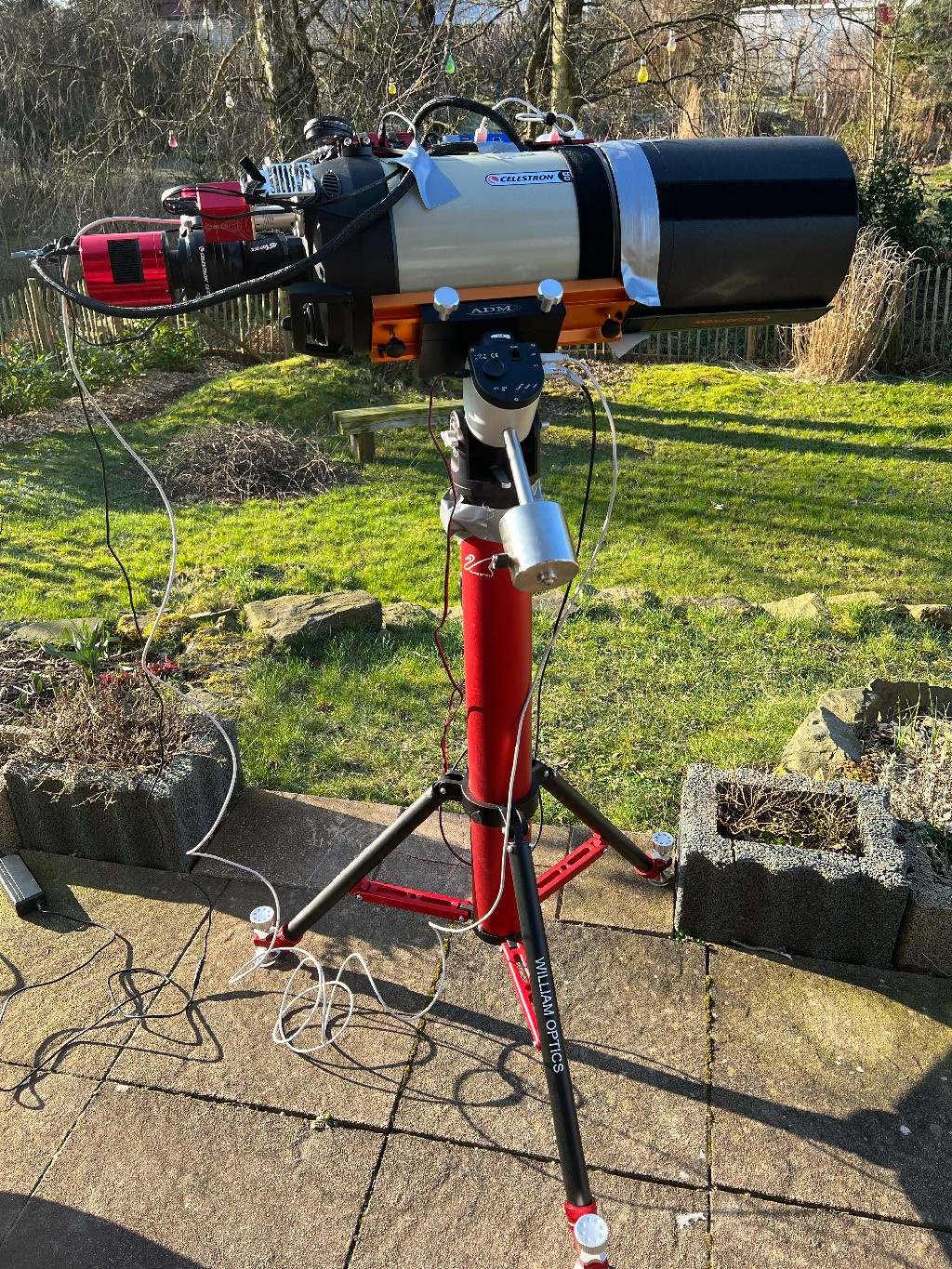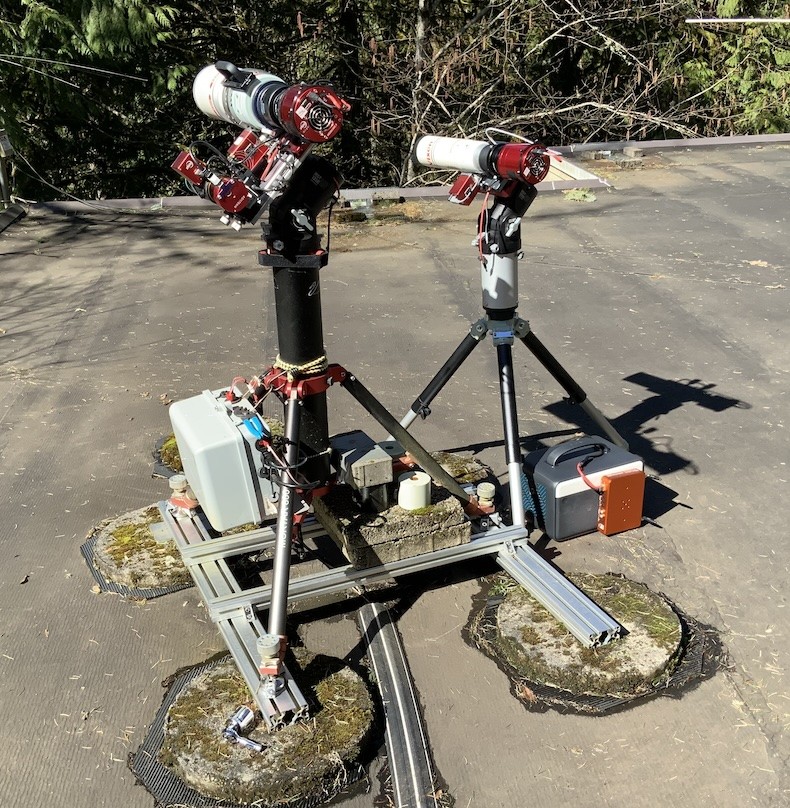IMHO, it is a poor copycat of the RainbowAstro RST-135. It is a superficial (in appearance) copy, but don't match the mechanical precision of the RST-135.
Some of the ZWO mounts appear to be mechanically unsound, by the looks of the autoguiding errors from what some users have posted. It is a lottery if you will receive one of the especially poor specimen.
Even with the ASIAIR with my also strainwave geared RST-135e mount (using Harmonic Drive LLC gears instead of Chinese strain wave gears) , I have been able to consistently get lower than 0.45" total RMS, averaging around 0.35" RMS, and half the time, hovering below 0.3". I have not seen a ZWO strainwave geared mount get anywhere near, and the RST-135e is even lighter in weight. Granted, RainbowAstro is a subsidiary of RainbowRobotics, and they have been using strain wave gears for their robotic arms for decades now, and know a thing or two about the strain wave gears. The RST-135 did not come out until 2019, and that was when I bought the first of my RSTs.
Notice that ZWO keeps harping on the amplitude of the periodic error, but that is of zero importance to autoguiding. It is only important to keep an object within the eyepiece for visual observations.
What is important for autoguiding (and thus astrophotography) is the first derivative of the periodic error curve, and the curves that I have seen show large and random spikes in the first derivatives -- that makes it very hard to guide even when using 0.5 second frame updates (2FPS guiding). And if you are not careful with limiting the guide pulses, leads also to undershoots right after the first derivative spike has passed.
Until ZWO starts fixing the first derivatives of their mounts' periodic error (and therefore show that they at least understand the principles of autoguiding), I am staying far, far away from their mounts.
As long as they harp on the amplitude of the periodic error, it shows they do not understand.
Chen


